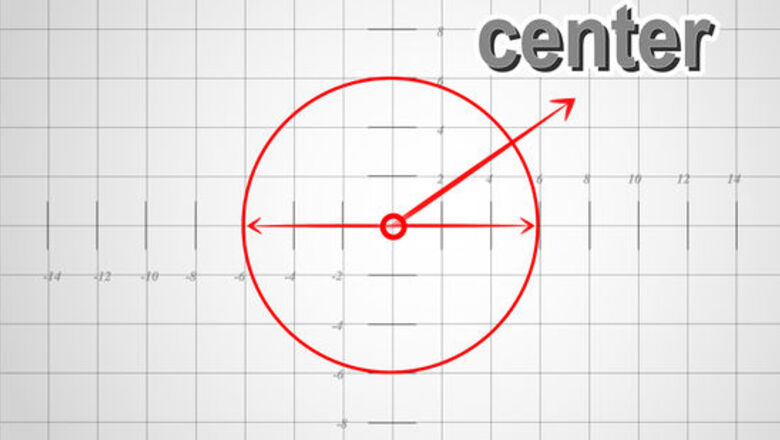
views
Understanding the Mathematical Properties of Circles
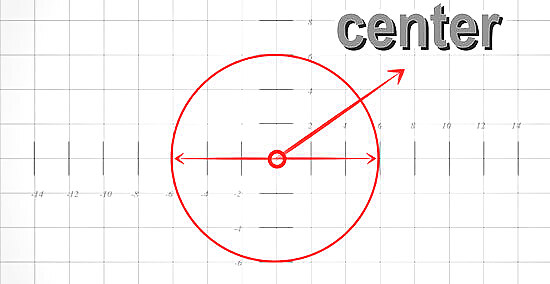
Note the center of the circle. The center is the point inside the circle that is at an equal distance from all of the points on the line.
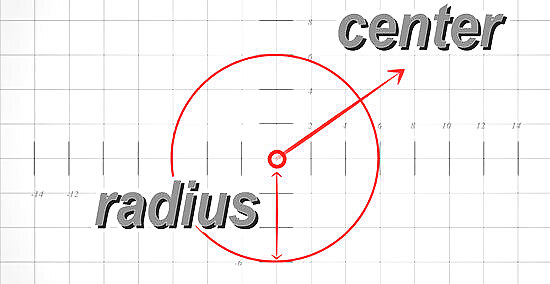
Know how to find the radius of a circle. The radius is the common and constant distance from all points on the line to the center of the circle. In other words, it is any line segment that joins the center of the circle with any point on the curved line.
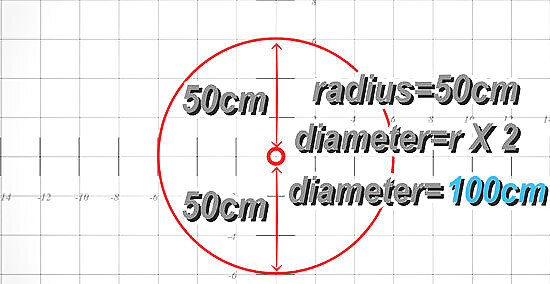
Know how to find the diameter of a circle. The diameter is the length of a line segment that connects two points on a circle and passes through the center of the circle. In other words, it represents the fullest distance across the circle. The diameter will always be twice the radius. If you know the radius, you can multiply by 2 to get the diameter; if you know the diameter; you can divide by 2 to get the radius. Remember that a line that connects two points on the circle (also known as a chord) but does not pass through the center will not give you the diameter; it will have a shorter distance.
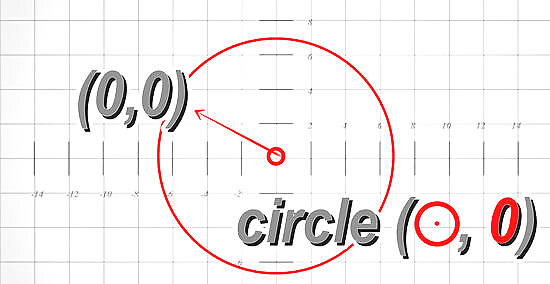
Learn how to denote a circle. Circles are defined primarily by their centers, so in mathematics, a circle’s symbol is a circle with a dot in the center. To denote a circle at a particular location on a graph, simply put the location of the center after the symbol. A circle located at point 0 would look like this: ⊙O.
Graphing the Circle
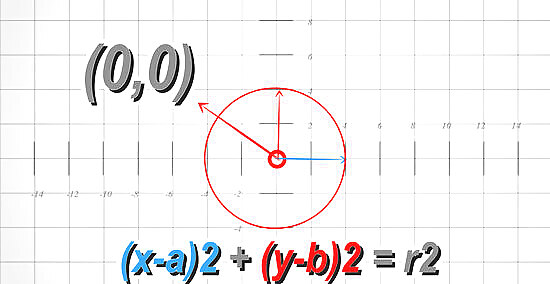
Know the equation of a circle. The standard form for the equation of a circle is (x – a)^2 + (y – b)^2 = r^2. The symbols a and b represent the center of the circle as a point on an axis, with a as the horizontal displacement and b as the vertical displacement. The symbol r represents the radius. As an example, take the equation x^2 + y^2 = 16.
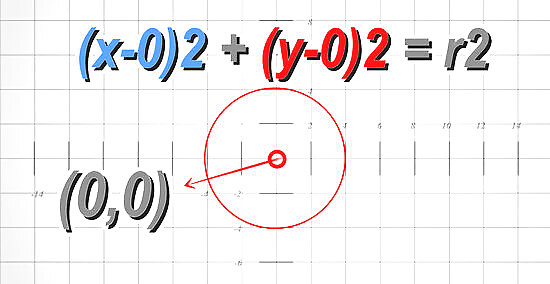
Find the center of your circle. Remember that the center of the circle is shown as a and b in the circle equation. If there are no brackets – as in our example – that means that a = 0 and b = 0. In the example, note that you can write (x – 0)^2 + (y – 0)^2 = 16. You can see that a = 0 and b = 0, and the center of your circle is therefore at the origin, at point (0, 0).
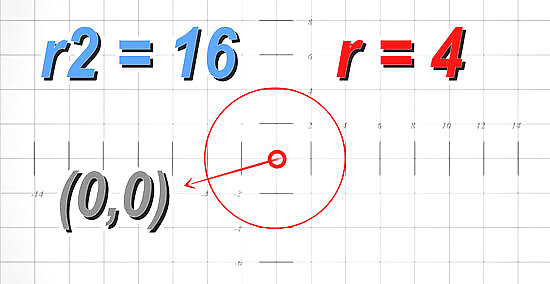
Find the radius of the circle. Recall that the r represents the radius. Be careful: if the r part of your equation does not include a square, you will have to figure out your radius. So, in our example, you have a 16 for r, but there is no square. To get the radius, write r^2 = 16; you can then solve to see that the radius is 4. Now you can write the equation as x^2 + y^2 =4^2.
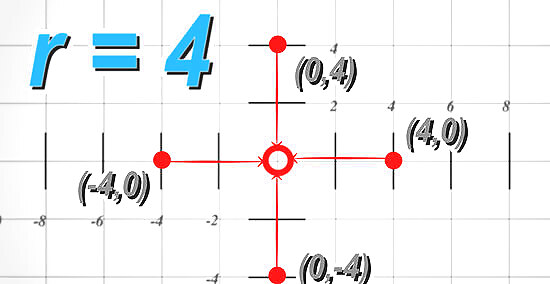
Plot the radius points on the coordinate plane. For whatever number you have for the radius, count that number is all four directions from the center: left, right, up, and down. In the example, you would count 4 in all directions to plot the radius points, since our radius is 4.
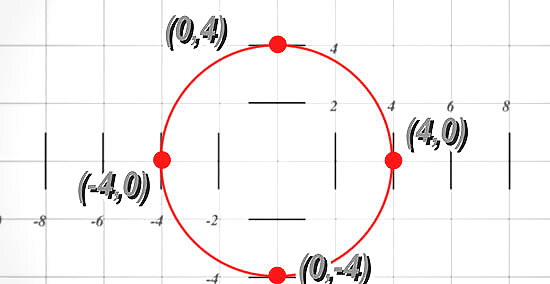
Connect the dots. To graph the circle, connect the points using a round curve.




















Comments
0 comment